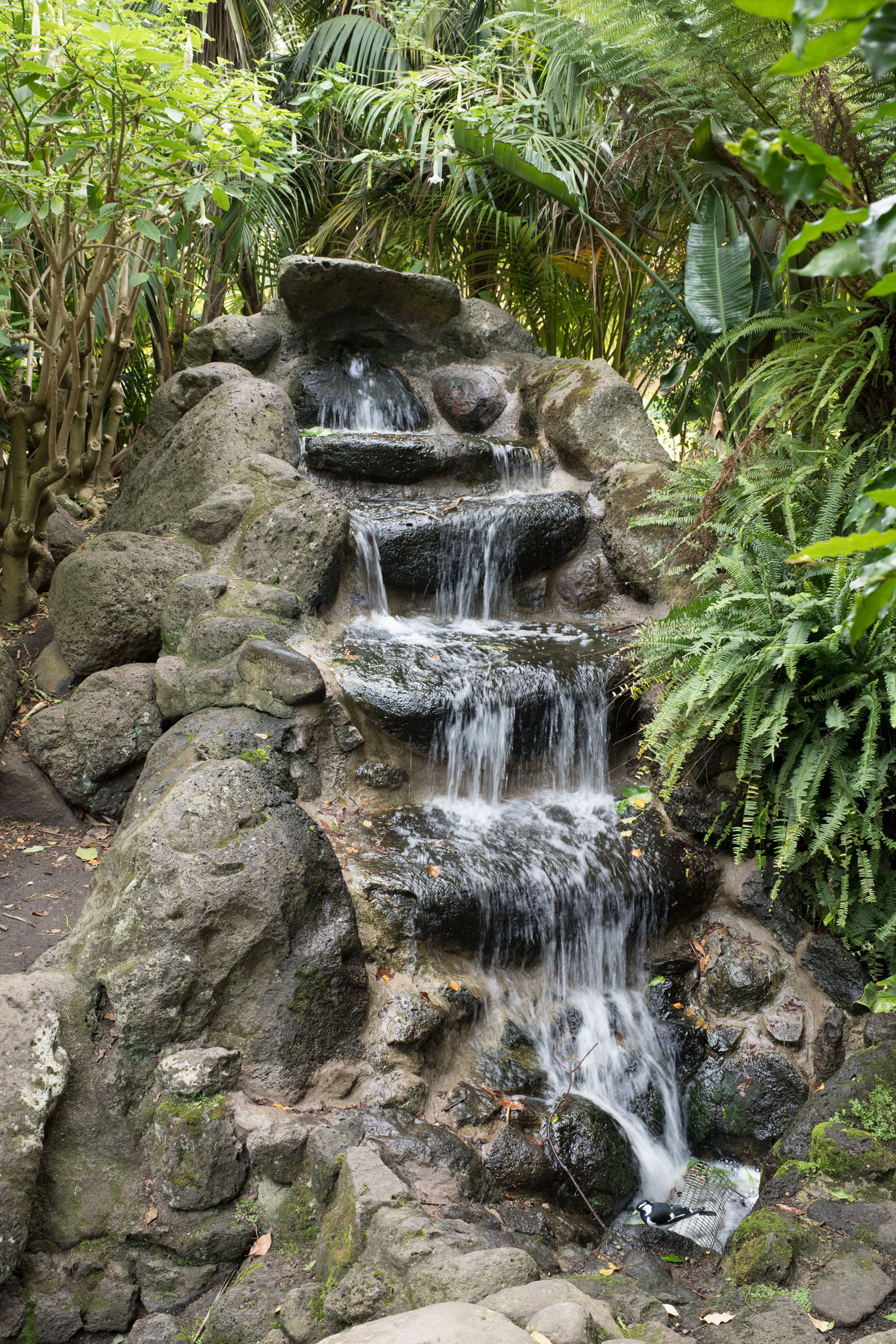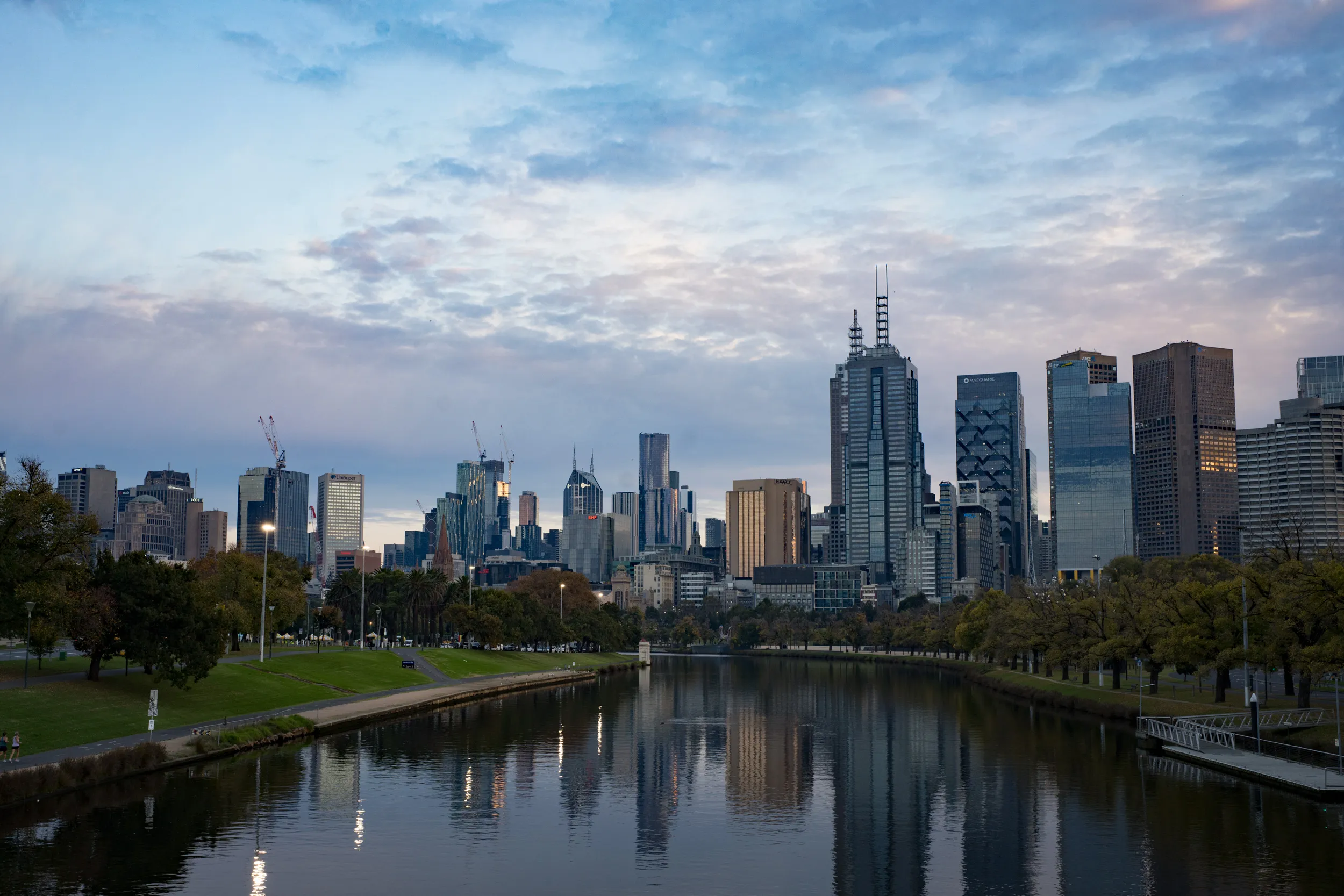

The Voigtländer 35mm f2 APO Lanthar is the next APO Lanthar released for E mount. Here are my first impressions of the lens.
 A1_32250f_2500h
A1_32250f_2500h The Voigtländer 35mm f2 APO Lanthar lens is the next APO Lanthar, following the 50mm that I enjoyed so much that I bought one. This is my first impressions of the new lens.
The announcement of the Voigtländer 35mm APO Lanthar in February 2021 came at an important time - I was considering ordering the Sony 35mm GM lens. I saw the Voigtländer announcement, and it made me pause and think.
The Sony 35mm GM lens:
The Voigtländer 35mm APO Lanthar lens:
Both lenses:
It’s not a simple decision between the two. I plumped for the Voigtländer for one big reason: I have thoroughly enjoyed using the 50mm APO Lanthar, and this promised to be a very similar lens. I like the small size and weight (I can tuck it into my camera bag easily, and know that I have a 50mm lens if I need it). I like the extreme detail I can get from the lens (it can resolve individual pixels sharply on the Sony A7R IV). And it feels so smooth and precise to focus; it’s a pleasant experience to nail the focus using this lens.
So I pre-ordered the Voigtländer 35mm APO Lanthar. You might have made a different choice.
The 35mm f2 APO Lanthar lens arrives in a natty black and silver box, holding a two-part block of polystyrene foam which protects the lens well. The lens comes with a lens cap and body cap, and the screw-in metal hood comes with a second lens cap so the hood can be left permanently attached to the lens. The aperture ring can be made click-less by pulling the ring marked APO Lanthar back towards the aperture ring and turning. All of that is exactly the same as the 50mm f/2 APO Lanthar.
The naked 35mm APO Lanthar is a little longer than the 50mm APO Lanthar lens, but add the screw-in metal hood to both lenses, and the 50mm ends up slightly longer due to the deeper lens hood (expected - longer focal length usually means longer lens hood). I expect to leave the hoods on these lenses, which means I see the 50mm as slightly bigger. The lens caps are identical in size. The focus rings are identical. The aperture rings are not - the 50mm is not knurled where the aperture numbers are; the 35mm is knurled all the way around, but it manages that by leaving the area where the aperture numbers are unknurled for the entire circumference. The tiny difference in weight between the two is imperceptible (352g vs 364g). Both lenses feel dense - a solid cylinder of metal and glass. Both lenses extend smoothly from infinity (shortest lens length) to minimum focus distance (longest lens length), but it’s not a large amount.
Oh, and I spotted one HUGE difference between the two! On the 35mm, “35” is engraved right next to the E mount position marker at the base of the lens. On the 50mm, “50” is engraved on the opposite side. Arguably, the positioning on the 35mm is more sensible because it allows the other side of the 35mm to be knurled, giving a bit more grip when mounting the lens - the 50mm has to be smooth there for the engraving, meaning that there isn’t a whole lot to grip when mounting the lens on the camera - I commented on this when I reviewed the 50mm.
I intend to test the 35mm on both the A7R IV (which may be a common choice for users of this lens) and on the A1 (because I want to see how much difference the high quality mode on the 9 million dot EVF makes to manual focus).
You will, no doubt, be utterly astonished to hear that I intend to compare the 35mm APO Lanthar with the 50mm APO Lanthar… (what can I say? I’m Australian, and sarcasm is my first language)
This lens works well for landscape images, so I thought I would start with a cityscape at dawn.

Shot at f/8 using the Sony A7R IV at 1/50, ISO 400. Image slightly cropped for composition
Click on it to see this image in the lightbox. This was not the first image I shot using this lens, but it’s a satisfying example of what this lens can do.
This next image is of the Fairy Tree in Fitzroy Gardens. This is a tree stump which has been carved and coloured with some Australian themes. This image was shot at f/5.6 using the Sony A1 at 1/50, ISO 100.

I bought this lens based on how much I’d enjoyed its 50mm sibling. When I hold the two of them side by side, there’s not a lot to tell them apart. Was it a mistake to buy it on that basis? I don’t yet know. After all, the 50mm APO Lanthar taught me to use manual focus, and that’s not something the 35mm can repeat. Maybe the 35mm will give me a better appreciation of a wider field of view. I have owned 35mm lenses before, but they have never really grabbed my attention. I am willing to give this one the chance to do so.